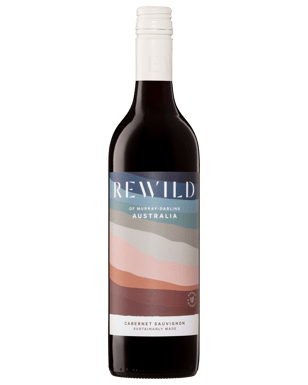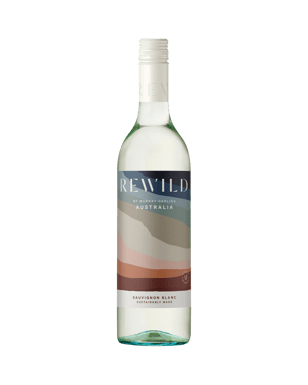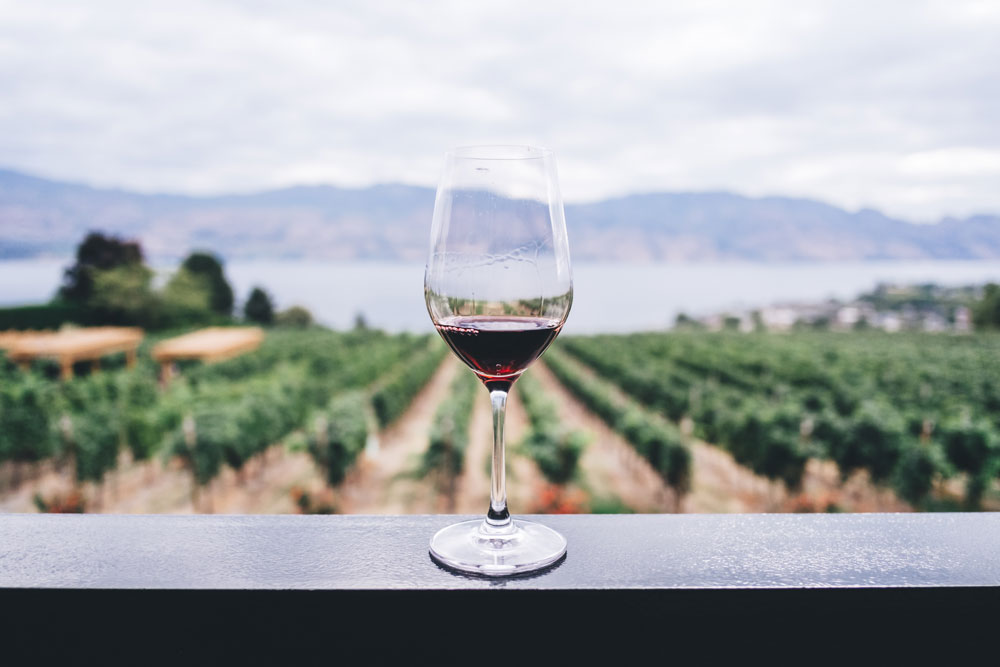Have you tried a sustainable wine? Or rather, have you gone to try one and quickly realised that you’re not really sure what to look for, what’s fact and what’s “greenwashing”, and what even tastes good?! According to a study from Finder, 1 in 2 Australians are seeking out greener products and local bottleos are now full of sustainable tipples, so what’s worth buying? Rewild Senior Winemaker Tony Allen wants to cut the green spin and help you find the best sustainable wine amidst all the ‘green sipping’.
Firstly, what is sustainable wine?
Sustainable wine refers to wine that is produced using environmentally responsible and socially
equitable practices that prioritise the long-term health and viability of the vineyard, surrounding
ecosystem and the community. The goal of sustainable wine production is to minimise
environmental impact while producing high-quality wine that meets the needs of consumers. Writing sustainable wine on the label doesn’t automatically make it organic, biodynamic or natural, it does however define the wine as being made with a conscious effort to reduce harm to the environment during the winemaking process, such as reducing wastefulness in winemaking, water consumption, energy usage, carbon emissions on top of utilising eco-friendly farming practices.
How do you know if a wine is sustainable?
Check the label! In order to be certified, vineyards and wineries must go through rigorous third- party evaluations to ensure their farming practices are top-tier and hit all the sustainable standards. Look out for a certification seal on the bottle such as the SWA Logo, which demonstrates that the brand is certified by Sustainable Winegrowing Australia. Rewild’s 2022 Vintage collection showcase the SWA logo on the bottle. Look and see if any specific commitments are called out, things like working towards 100% renewable, carbon neutral or a specific project that benefits the environment. Check that the bottle is lightweight and review the packaging credentials. Are materials like the bottle, the cap and the label, present that are high in recycled content? Most brands that adopt these high recycled content components will call them out on the label.

What are the benefits of choosing a sustainable wine?
Traditional winemaking processes have limited regulations as far as pesticide control, energy and water usage. Therefore, when choosing sustainable wines, consumers are making an active decision to contribute to a winemaking process that is designed to minimise the impact on the environment. Rewild shows that wines can be crafted sustainably – with minimal intervention – and still offer great taste and value.
What are the biggest misconceptions about sustainable wines?
The biggest misconception about sustainable wine is that natural, organic and sustainable wines are
all the same. This is incorrect. You’d be surprised to know that just because a wine is labelled organic
or natural, doesn’t automatically make it sustainable. Organic winemaking refers to wine that’s derived from organically farmed grapes. In Australia, this generally excludes the use of synthetic chemical fertilisers, pesticides, fungicides and herbicides.
Natural wine, however, is the unofficial term that refers to wine crafted with minimal intervention and with very little to no additives used throughout the conventional winemaking process. If there are traces of non-permitted additives or agricultural chemicals in a natural wine, it can’t be deemed ‘organic’.
Sustainable wine producers on the other hand focus more on the vineyard and farming operations from grape to glass. All aspects of wine production from water conservation, waste management, air and water quality as well as energy efficiency are carefully engineered to deliver tangible and positive impacts for the environment.
What is a good way to advocate for more wineries to adopt sustainable practices?
Let your local wine merchant know that you want to buy sustainable wine. Wine buyer behaviour influences business purchasing decisions when deciding what to stock on their shelves. Be clear that you want to see more sustainable drops stocked. Also check out the sustainability credentials for your current go-to drop. Look at the label on your bottle of wine for sustainability pledges or proof points. If the bottle doesn’t have a sustainability pledge, ask the brand directly on social media or contact their customer care team.
What are your top 3 sustainable wines from Rewild?
In the spirit of Autumn, my favourite sustainable red is the Rewild 2022 Cabernet Sauvignon. It’s medium bodied with plentiful ripe juicy dark and red fruits, pairing well with a rib-eye steak. My favourite bubbly is the Rewild 2022 Prosecco, which is one of the latest varietals to join Rewild’s existing range. Fresh, clean, and flavourful, the Rewild Prosecco is the perfect drop for all occasions. Lastly, the Rewild 2022 Chardonnay is my favourite white wine in the Rewild range.

The Rewild wine range is available from Dan Murphy’s for a competitive $9.99

